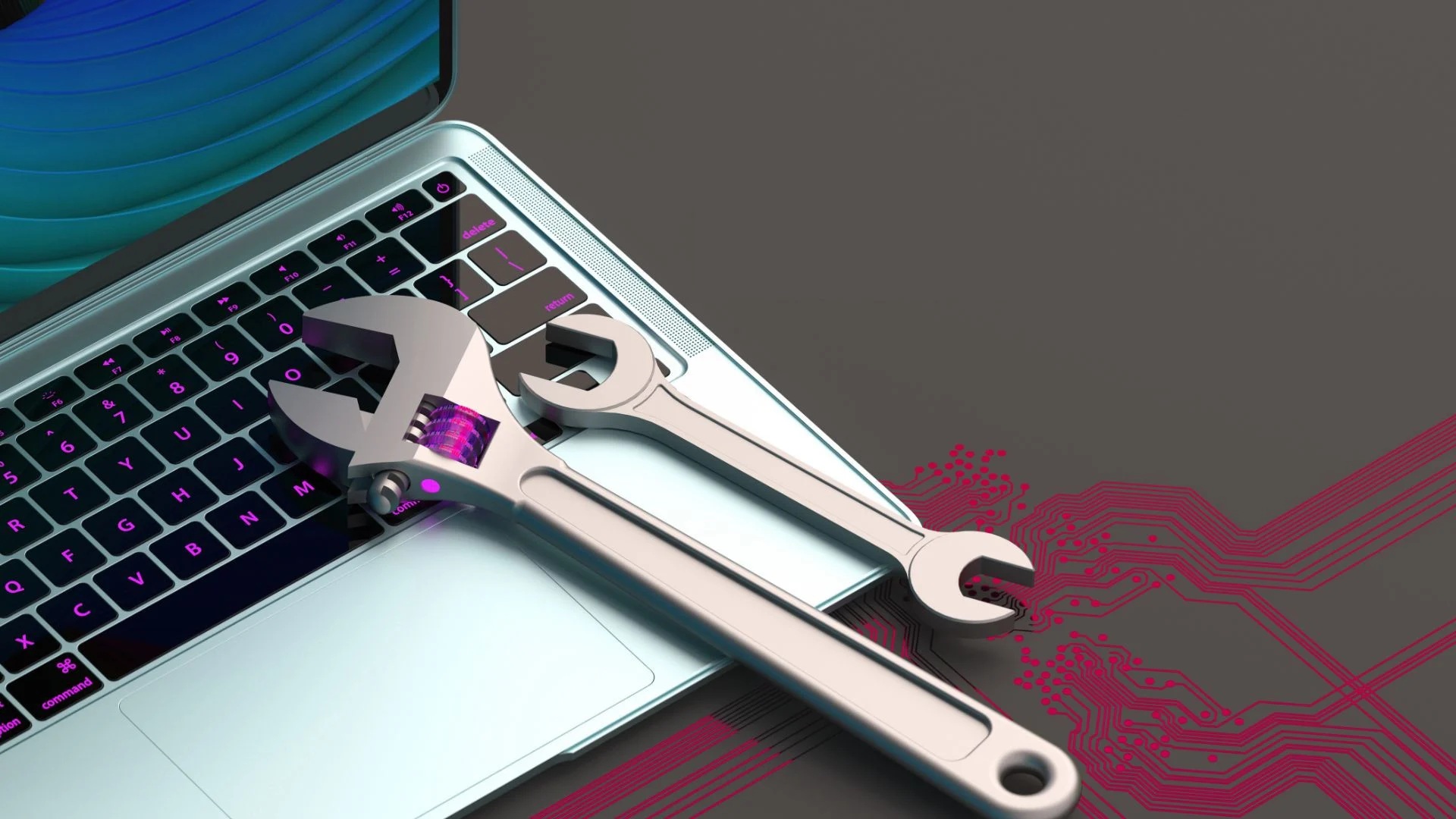Key Takeaways
Regular septic tank maintenance prevents costly repairs and system failures while ensuring compliance with evolving 2025 regulations. Smart monitoring technologies now offer real-time insights for proactive system management. A well-maintained septic system protects your property, the local environment, and maintains regulatory compliance.
Introduction
If your home isn’t connected to a municipal sewer system, septic tanks remain essential for waste management. These systems quietly perform the vital job of treating wastewater, but they require regular maintenance and increasingly sophisticated oversight. In 2025, septic system management has evolved with new regulations, smart technologies, and enhanced environmental standards that homeowners must navigate.
Understanding how modern septic tanks function and staying current with 2025 compliance requirements helps homeowners take a proactive approach to maintenance. By recognizing the significance of regular upkeep and emerging technologies, property owners can ensure their systems operate efficiently while preserving their investment and meeting regulatory demands.
The Importance of Septic Tank Maintenance in 2025
Septic tank maintenance in 2025 is vital for multiple reasons, emphasizing system longevity, environmental health, and regulatory compliance. Mandatory septic inspections before property transfers are now required in several states, making proper maintenance crucial for real estate transactions.
Routine upkeep prevents solid waste buildup that can clog pipes and lead to backups. Modern maintenance standards also safeguard the surrounding environment by ensuring untreated waste doesn’t seep into soil or local water supplies, which could lead to severe contamination and regulatory violations.
Property owners must keep maintenance records and provide them when selling the property, making documentation an essential aspect of 2025 septic management. Regular care extends your system’s lifespan while preventing costly emergencies and ensuring compliance with increasingly stringent environmental regulations.
Benefits of Regular Maintenance
Regularly caring for a septic system in 2025 offers several enhanced benefits that significantly impact household operations and regulatory compliance. First, it substantially reduces the likelihood of system problems and breakdowns. Smart monitoring technologies and eco-friendly solutions greatly enhance the efficiency and performance of septic systems, making preventive maintenance more effective than ever.

Regular inspections and pumpings help identify and address issues before they escalate into expensive situations or regulatory violations. Preventive care remains more cost-effective than paying for emergency repairs or replacing entire systems, especially with new compliance requirements. Additionally, properly maintained septic systems are essential for health and safety, reducing exposure risks to hazardous waste and protecting public health.
Steps for Effective 2025 Maintenance
Maintaining your septic system in 2025 involves following a structured plan that incorporates both traditional practices and new technologies:
Regular Inspection and Smart Monitoring: Inspecting the system at least once every three years remains advisable, but smart septic systems combine traditional septic technology with Internet of Things (IoT) devices for enhanced performance. These systems use sensors to monitor tank health and efficiency in real-time, with data transmitted through mobile apps or dashboards for continuous tracking.
Scheduled Pumping: Septic tanks should be pumped out every three to five years to remove sludge that accumulates at the bottom. This schedule prevents solid waste buildup and keeps plumbing systems free-flowing. Smart monitoring can now provide more precise pumping schedules based on actual usage patterns rather than general timeframes.
Water Conservation: Minimize the water load on the septic system by fixing leaks and using water-efficient fixtures. Excessive water can overwhelm systems, leading to premature wear and potential failures. Modern water conservation measures include smart home technologies that monitor usage and alert homeowners to unusual consumption patterns.
Mindful Disposal: Avoid flushing non-biodegradable items, excessive grease, or chemicals down the drain, as these can harm the system and lead to premature deterioration. In 2025, enhanced bacterial treatments and enzyme products are available to maintain optimal tank balance while processing waste more efficiently.
Advanced System Protection: Beyond traditional drainfield protection, modern septic systems benefit from real-time data, insights, and alerts about the performance of the septic system. Smart sensors can detect high liquid levels and alert homeowners before overflow occurs, preventing backups and minimizing emergency service needs.
Regulatory Compliance: Stay current with local regulations and permit requirements. Many jurisdictions now require permits for construction, installation, repairs, or alterations, and some mandate specific documentation for property transfers.
Technology Integration
There will be big changes in how septic systems are managed in 2025. Sensors that keep an eye on the important parts of the system all the time are what make smart septic systems smart. They gather information on water levels, solid buildup, and the state of the drainage field. Some advanced devices can even keep an eye on the conditions inside the tank.
Smart monitoring tools, such as sensors that work with the Internet of Things (IoT) and remote systems, are changing how septic systems are taken care of. These new features enable homeowners to perform predictive maintenance, allowing them to address issues before they become problems.
Conclusion
In 2025, neglecting to maintain your septic tank can result in costly repairs, environmental pollution, health risks, and potential legal consequences. Property owners can significantly reduce these hazards by taking a proactive approach that includes both traditional maintenance and new monitoring systems.
To keep your septic system working well, following the rules and being up to code, you need to conduct regular inspections, pump it on schedule, conserve water, dispose of trash carefully, protect the drainfield, and utilize innovative technology. These kinds of preventive steps help the environment immediately, raise property values, ensure compliance with rules, and prolong the system’s lifespan.
Homeowners can make their homes healthier and help the environment by investing in structured maintenance plans that incorporate the latest technology and adhere to government regulations. Maintaining a modern septic system demonstrates that you value the health of your property and the environment, not just for the present, but also for future generations.
FAQs
1. Why is septic tank maintenance more critical in 2025?
New environmental regulations and intelligent monitoring systems make maintenance crucial for compliance, safety, and avoiding costly repairs.
2. How often should a septic tank be pumped in 2025?
Every 3–5 years, or as needed, based on smart monitoring data that tracks real-time usage and sludge levels.
3. What are the benefits of using innovative septic monitoring technology?
Smart sensors provide real-time alerts, improve efficiency, and help prevent overflows or system failures before they occur.
4. What can homeowners do to prevent septic system damage?
Practice water conservation, avoid flushing harmful materials, and schedule regular inspections and pump-outs.
5. Are there new legal requirements for septic systems in 2025?
Yes, many areas now require inspections for property transfers, permits for system work, and up-to-date maintenance records.








